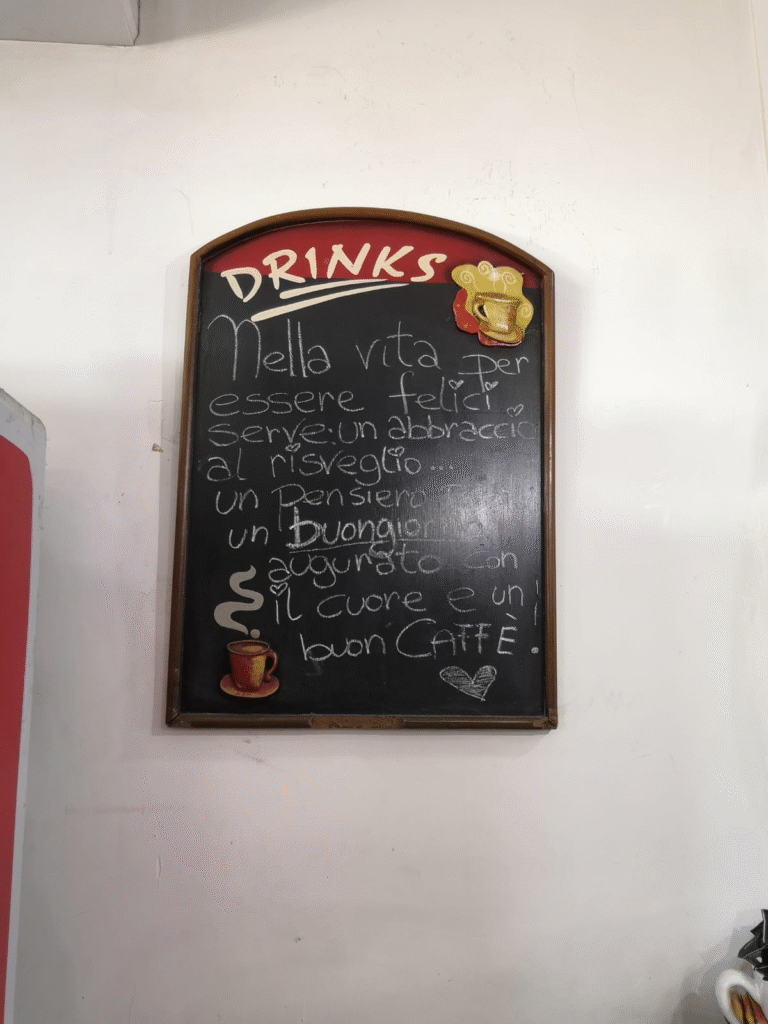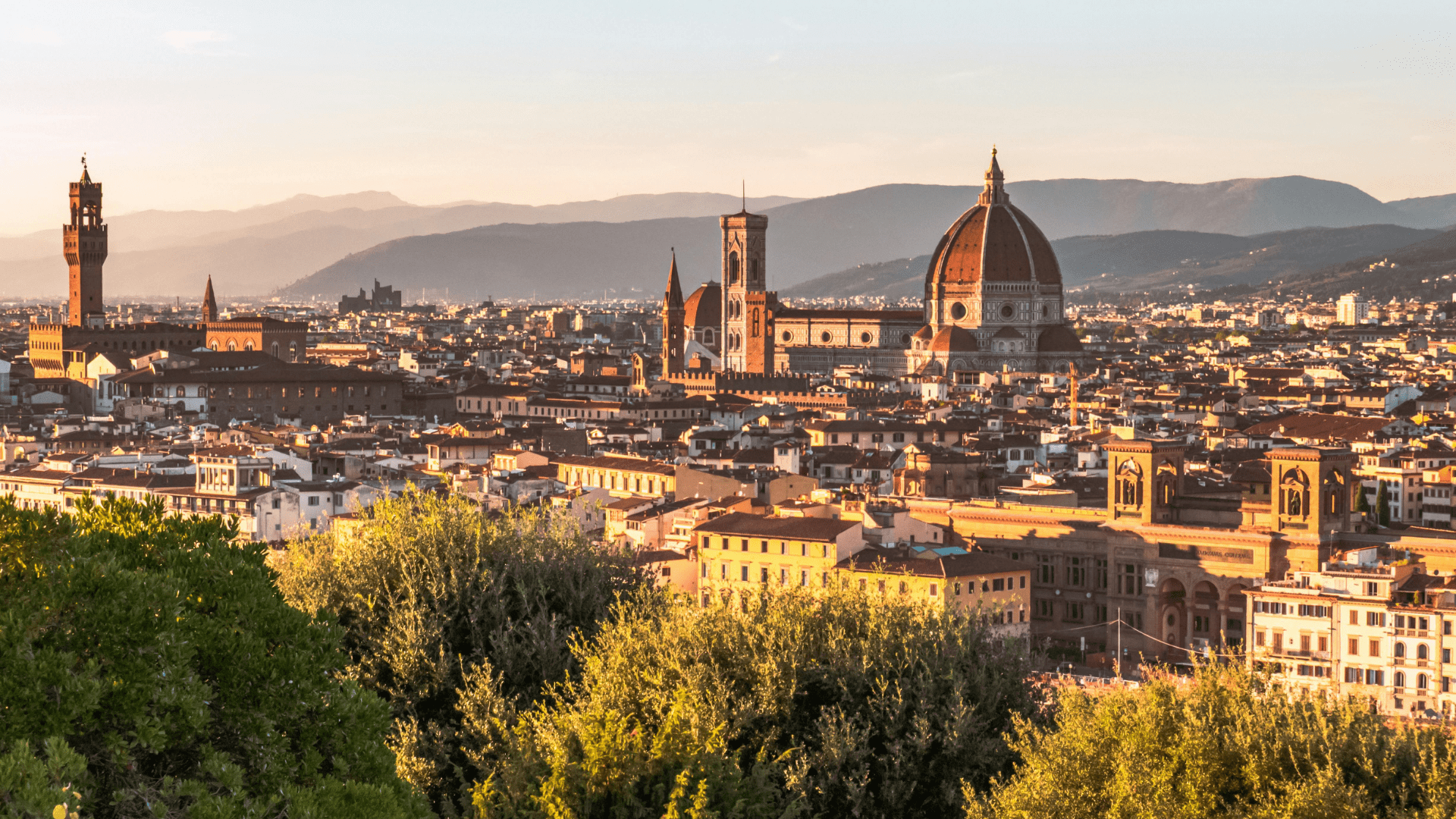Ah, Italy – the land of gelato, grand piazzas, and yes, sometimes grand misunderstandings. My first time in Italy I tried to do everything (Venice gondola, Rome’s Colosseum, Florence’s Duomo – all in one whirlwind weekend!).
By the end I was exhausted, a bit cranky, and swearing I wouldn’t travel like that again. Learn from my mistakes: Italy is big. In fact, a seasoned traveler notes, “Italy is a big, big country, and 10 days is barely enough time to scratch the surface”.
The best trips come from slowing down, sampling one city at a time, and really soaking in the experience.
With that in mind, here are 15 tips – full of personal anecdotes and a dash of humor – to help you breeze through Italy like a local (or at least not like a tourist!).

1. Go Slow – Don’t Try to See Everything at Once
On my frantic first trip, I zipped from Rome to Florence to Venice in a couple of days, ticking boxes but forgetting to taste anything.
Italy’s regions each feel like a mini-country: think of Rome’s raucous city life vs. the relaxed vineyards of Tuscany. One blogger advises treating each region “almost like you’re in a different country” for food and culture.
Take at least 2–3 days per big city to wander without a schedule. You’ll thank yourself when you’re sipping wine at sunset in a quiet piazza, rather than sprinting to catch the next train. Check out Italy’s budget travel guide for 2025 for more on savoring each region.

For accommodations, check Booking.com for amazing hotel options in every city.
2. Expect the Crowds (Especially in Summer)
Italians love sunshine, and tourists love Italy – so popular spots can get crazy busy. On my last trip, passing the Pantheon at noon felt like navigating a human maze.
In fact, travel writers have been “flabbergasted” by the intense crowds in Rome and Florence in 2024 and 2025. The trick? Book major attractions (like the Vatican or Uffizi) well in advance to skip lines, and try to visit popular sites early in the morning or late afternoon. Booking attractions early is key—see our things to do in Rome guide for top sights and smart timing tips.
(Pro tip: enjoy a leisurely mid-afternoon espresso while the tour-bus hoards nap back at the hotel.) A little planning keeps you ahead of the crowd crush. Get skip-the-line tours and unique experiences via Viator – Italy Tours.
3. Skip the Car – Take Trains (When Possible)
Ever tried driving a Fiat down a cobblestone alley in Rome? Nightmare. Fortunately, Italy’s trains are amazing.

A travel guide raves that the Italian rail network is “excellent” and often “the most pleasant and efficient method of traveling between cities.” You can roll aboard 15 minutes before departure, stash your luggage, and relax while vineyards drift by outside.
The high-speed Frecciarossa trains zip between Rome, Florence, and Venice (snag tickets months ahead for bargains), and they’re comfy.

On the other hand, renting a car in city centers means wrestling ZTL no-go zones (sneaky camera fines!) and hunting parking.
I’ve learned: save the car rental for the Tuscan hills or the Amalfi Coast, and let the trains whisk you around the cities with a view.
Book your train tickets with OMIO or explore our Italy Train Travel Guide and Rome to Venice Train Journey.
4. Pack Light—Cobblestones Are Everywhere
I remember hauling my giant suitcase behind me along a cobbled street in Venice at 4:00 AM (because my alarm went off at an airport taxi zone!).
Lesson learned: pack smart. Italian train stations and old towns often have steps and uneven stones. You may end up dragging your bag over cobblestones or up a spiral stairway to your B&B.
A travel blog warns that dragging luggage on rough streets is “all-too-common” in Italy. So go for one main bag and a smaller daypack. Comfy walking shoes are essential – those charming streets were not made for stilettos.
Your ankles will thank you when you can actually enjoy that gelato on the street corner instead of limping home!

🧳 Tip: Pack smart and book well-located stays via Trip.com or Booking.com Deals Page.
5. Learn Some Italian Phrases (They Work Wonders)
Even a few words will get you far. The first time I said “Buongiorno!” (good morning) to a sleepy gelato vendor, his whole face changed.
It was like magic – he suddenly chatted with me in Italian, gave me extra samples, and even threw in a mini Italian lesson on pronunciation (don’t ask). In short: greeting people in Italian (even just a friendly Ciao or Grazie) melts the tourist ice.
Italians appreciate the effort, and you’ll be treated with extra warmth. So memorize the basics: Buongiorno, Grazie (“grah-tsyeh”), Per favore (please), and Il conto, per favore (the check, please).
Not fluent yet? No problem: even phrases with a comically bad accent (like my own “bellissimo gelato, grazie!”) will earn smiles.
6. Coffee Culture: Cappuccinos Only Before Noon
One of the greatest culture shocks I had was at an Italian café: I asked for a cappuccino after lunch – and the barista gave me a look like I asked for a surfboard. In Italy, cappuccino (that frothy milk delight) is a breakfast drink.
By afternoon, locals switch to straight espresso or caffè cortado. As one local guide notes, Italians often start the day with a quick caffè e cornetto (espresso and a croissant-like pastry) at the bar.
After about 11 AM, if you order a “cappuccino,” you might just get puzzled smiles or (if you’re lucky) an espresso with a dash of milk foam.

Embrace it: in Italy, mornings are for milk and pastry, while the rest of the day is for sharp, no-nonsense shots of caffeine. I still laugh at myself ordering a frothy latte in the afternoon – lesson learned!
7. Drink Up – Bring a Reusable Water Bottle
Italy’s tap water is generally clean and safe to drink, and many cities (like Rome) have public fountains (called nasoni) offering fresh water—sometimes even sparkling!
I love how you can refill a bottle right from a centuries-old wall fountain for free. It’s eco-friendly, budget-friendly, and keeps you refreshed on hot days.
Learn to spot those little faucets (they often have an icon of a drinking face on them). Plus, carrying a bottle saves you from paying 2–3 euros every time.
As travelers advise, always carry coins for drinks anyway – some cafes charge a “coperto” (table fee) and won’t give you ice cubes or free tap water, so it’s easier to sip from your own bottle.
Stay connected with an international Airalo eSIM (get $3 off with code: MUHAMM7693).
8. Eat Like a Local—Avoid Tourist Trap Trattorias
One of my funniest mistakes was swallowing “spaghetti alla padella” at a tourist diner in Rome (it should have been “alla carbonara,” but I panicked).
After that, I got smart. In touristy piazzas you’ll see cheap menus plastered with photos and a waiter chasing you inside – cue alarm bells. Trusted guides warn: restaurants with pictures on the menu or pushy hostesses are often tourist traps.
The food is bland, the prices are higher, and locals avoid them for a reason. Instead, wander a few blocks away from major sights where families and regulars eat. Follow the locals to small osterie or family-run spots.
For example, a quiet tavern I found outside Florence’s city center served the best handmade ravioli I’ve ever eaten (and for half the price of the Duomo’s plaza cafes!).
As locals say, always check for printed prices and steer clear of the overly enthusiastic street-pushers.
Explore local bites in our Italy Street Food Guide.
9. Taste the Regions: “Italian Food ” Isn’t One Thing
Italians will laugh if you ask for chicken parmesan or Alfredo pasta. Why? Because Italy’s cuisine is wildly regional. Each city (and even village) has its own specialties.
As travel experts put it, you should treat each region “like… a different country in the sense that what you eat and drink should change as you move around Italy.”
For instance, in Rome you’d savor carbonara or artichokes alla Romana; in Naples you’d must try true Neapolitan pizza; in Sicily, crispy arancini and cannoli are daily fare.
I recall a case where I naively ordered a creamy Alfredo in a Roman restaurant and the waiter gently shook his head – because that pasta simply isn’t done there! Even pepperoni pizza doesn’t exist in Italy.
The golden rule: do a quick online search or ask a local about the famous dish of the area, and dive in.
Don’t fret if it’s different from what your American-Italian joint serves—remember, as one traveler realized, “Italian-American food is almost a completely separate cuisine than regional Italian food”. Embrace the difference, and your taste buds will thank you.
10. Money Matters – Carry Cash and Small Change
I once ended up doing the Cash Dance in Venice because my card couldn’t go through on a tiny snack purchase. Italy is modern, but small shops, markets, and bars often prefer cash – especially for under 10€ transactions.
And speaking of coins, always have a few handy. Why? Public restrooms and even a café toilet often require a €1–2 coin to enter. I learned to discreetly stash change in my pocket when I first encountered a pay-for-pee sign at a station in Milan.
Il conto, by the way, is also usually paid in cash (or with a chip card that you tap and remove immediately). Many places, especially cafes, might round up a tip, but large bills can be a hassle.
So keep 5s and 10s in your wallet, and learn the phrase “Grazie, voglio pagare in contanti” (Thanks, I want to pay in cash). If you find a little fountain of youth (water) or a bathroom, you’ll have what you need.
11. When in Rome… Tip Modestly
Speaking of paying, tipping in Italy is not like in the US or Canada. Italian waitstaff and baristas earn a fair wage, so tipping is not expected, but it’s still a nice gesture.
As one guide puts it, “Tipping isn’t expected… but I still do it in certain scenarios.” In practice, locals often just round up to the nearest euro or leave a euro or two for good service.
For example, if your dinner is €27.40, you might pay €30 and say, “5 euro di resto, per favore.” Some restaurants add a “coperto” (cover charge for bread/napkins) automatically.
Also, in cafes remember: if you stand at the bar for your espresso (as most Italians do), it’s normal to leave a few cents on the counter. But don’t panic—if you’re baffled by splitting a bill in euros, you’re not alone.
Just know that over-tipping (like 20%) might actually confuse your waiter, and don’t feel obligated to tip on every small purchase (like gelato or newspaper). A simple grazie and rounding up a coin will make everyone happy.
12. Say Grazie and Greeting Schmaltz – Be Polite and Friendly
Italians thrive on social rituals. When you enter a shop or sit in a café, a simple “Buongiorno!” (or “Buonasera” after dark) goes a long way.
Always respond to a greeting. One time in Naples I got some great directions just for chatting in Italian; the locals became instant friends. As I learned from a friendly gelato man in Rome, greeting him in Italian made him light up and strike up a conversation.
On the flip side, I’ve seen tourists simply point and order – and get curt responses. Don’t be that person.
Also, remember the cheek-kiss greeting: among friends and family it’s often two kisses, one on each cheek, starting on the left, although nowadays a warm handshake (like in restaurants) is perfectly fine.
In fact, many Italians greet servers with a quick kiss on the cheek. You’ll see this animated politeness in town squares and trattorias alike.
So flash that smile, say something in Italian if you can, and you’ll likely get tips, directions, or extra tiramisu from strangers. For more on polite travel etiquette, see our first-time guide to Italy.
13. Timing is Everything – Mealtimes and Siesta
Italians eat late by American standards. Lunch usually around 1–3PM, dinner not before 7:30PM (often closer to 8:30 or 9). Don’t expect the best pasta at noon on a Tuesday when the kitchen might still be prepping!
Many restaurants close mid-afternoon for riposo (rest). I once showed up to a Rome pizzeria at 4PM, only to find a sign saying “Back at 7PM” and a lock on the door (major hunger facepalm).
Plan your day so that late lunches happen around 2PM, and if you get peckish in mid-afternoon, grab a gelato or pastry.
Breakfast is usually light (coffee + pastry), whereas dinners are leisurely affairs often stretched over 2–3 courses (antipasto, primo pasta, secondo meat/fish, dessert).
Build in downtime – maybe a long café-and-newspaper break or siesta after sightseeing—so you can truly enjoy the dinner socializing that starts around sunset. And if your stomach growls at 11PM?
Don’t worry, Italians often have a final drink or snack before bed (they call it ultimo). Embrace the rhythm – Italy is not a place to rush your meals.

Until then, grab a pastry and coffee. Use Skyscanner to check nearby hotel rates while you snack.
14. Dress Smart (and Pack a Scarf for Churches)
Italians tend to dress a bit smarter than tourists. Suddenly I felt underdressed hopping into a fancy Milan cocktail bar in flip-flops and shorts!
For city days, aim for neat casual: clean shirts, nice shorts or light slacks. (Sundresses and sandals are fine, but you’ll fit right in with a bit more polish.)
Bring layers for chilly evenings, and a comfy but classy pair of shoes for both sightseeing and that spontaneous evening spritz at the piazza.
More importantly, if you plan to enter churches (and in Rome or Florence, you’ll want to!), remember: knees and shoulders must be covered.
I learned this the hard way when a guard shooed me out of St. Peter’s for my tank top. Keep a pashmina or scarf handy to drape over your shoulders, and don’t wear short shorts to big basilicas.


